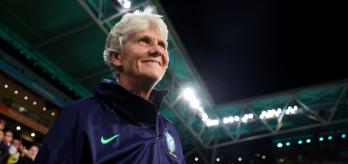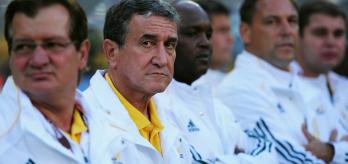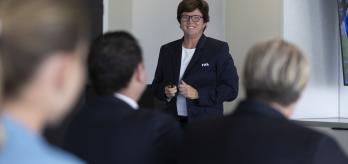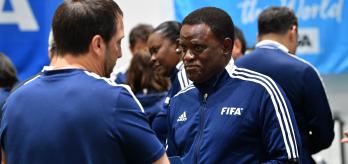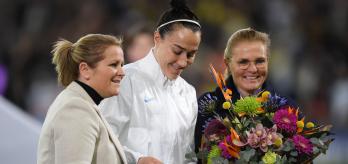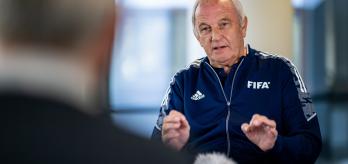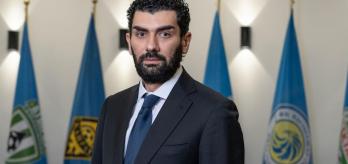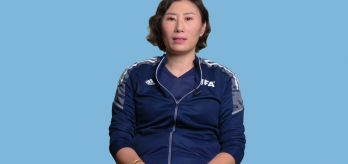“If I was asked what advice to give technical directors working with their national team department, I would focus heavily on alignment,” says Heinrichs. “Alignment of the philosophy, alignment on the positional roles of players, alignment of languages and processes. Technical directors must understand alignment from the senior team down to the youth teams, even the youngest national teams.”
Ensuring alignment is not an expensive programme, but one which requires everyone to be aligned “philosophically”, says Heinrichs. “I think technical directors can weave common threads across teams and departments, and this alignment doesn’t cost money,” she explains. “It’s not a programme. It’s not a huge budgetary thing. It’s really an effort to get everybody sit down, discuss the game, agree and align philosophically.”
Developing a national playing philosophy
A clear and consistent playing philosophy is one of the key indicators of an aligned national team programme, explains Heinrichs. “There are some countries that come to mind that they’re already aligned and they’re all pulling in the same direction and you see it on the field,” she explains. “You can watch the senior men, U-20 men and the U-17 men and the style looks very similar. Then you go over to the women’s game and you can see the U-17 women looking a lot like the U-20 women and the senior women. As a country they play in a very similar style. So that alignment makes for a great ingredient in terms of success.”
Developing a consistent playing style may not be a quick process and can require a period of collaborative discussions with both internal and external stakeholders. “Developing a national playing philosophy is not done in a day,” explains Heinrichs. “It’s not done in one meeting. It starts with discussions about: what’s our football culture? What’s our country culture? Are we a sporting nation? Is football the number one sport in the country? How do our men/women play now? Do we like it, can we build on it?”
“You look at all those factors and you start writing your philosophy. It starts with the type of players your country is developing. It leads to then what are their special qualities or potential world-class qualities. Then you add coaching and what kind of coaches do you have in terms of your cadre of coaches when they come through your system. You combine all these pieces of your culture, your sporting culture, your football and your history.”
A “curator” of a national playing philosophy
The technical director plays a key role in shaping a national playing philosophy and should play the role of ‘curator’ throughout the process, believes Heinrichs. “Once you write how you want to play, once you take into all the cultural factors, once you start getting coaches aligned to the belief in how you’re going to play, people are usually excited about it. Beware though, it is not a quick process - it also takes a lot of curating along the way.”
“It takes your technical director to curate, check in with coaches, ask them how they’re doing, ask them what their questions are, or when they get into a game and they deviate from their philosophy, why did they do it. I think it’s so important that technical directors are almost role models for national team coaches, mentors for national team coaches, and help be curators of the philosophy and the style of play philosophy across the Member Association.
“I think it’s important that technical directors are tied to their national team programme in oversight, but also linking it with coach education, linking it with talent development and talent identification.”
How alignment of national teams in a member association can impact the domestic game
Alignment across a country’s national teams can have a positive impact on a country’s domestic clubs, believes Heinrichs. “Whether you’re a big country or a small country, you can be aligned,” says Heinrichs. “You can be aligned across personnel, philosophy, departments and across your entire federation. That alignment can trickle into clubs and have clubs in alignment. The member association starts to model alignment and alignment spreads across the country.”











